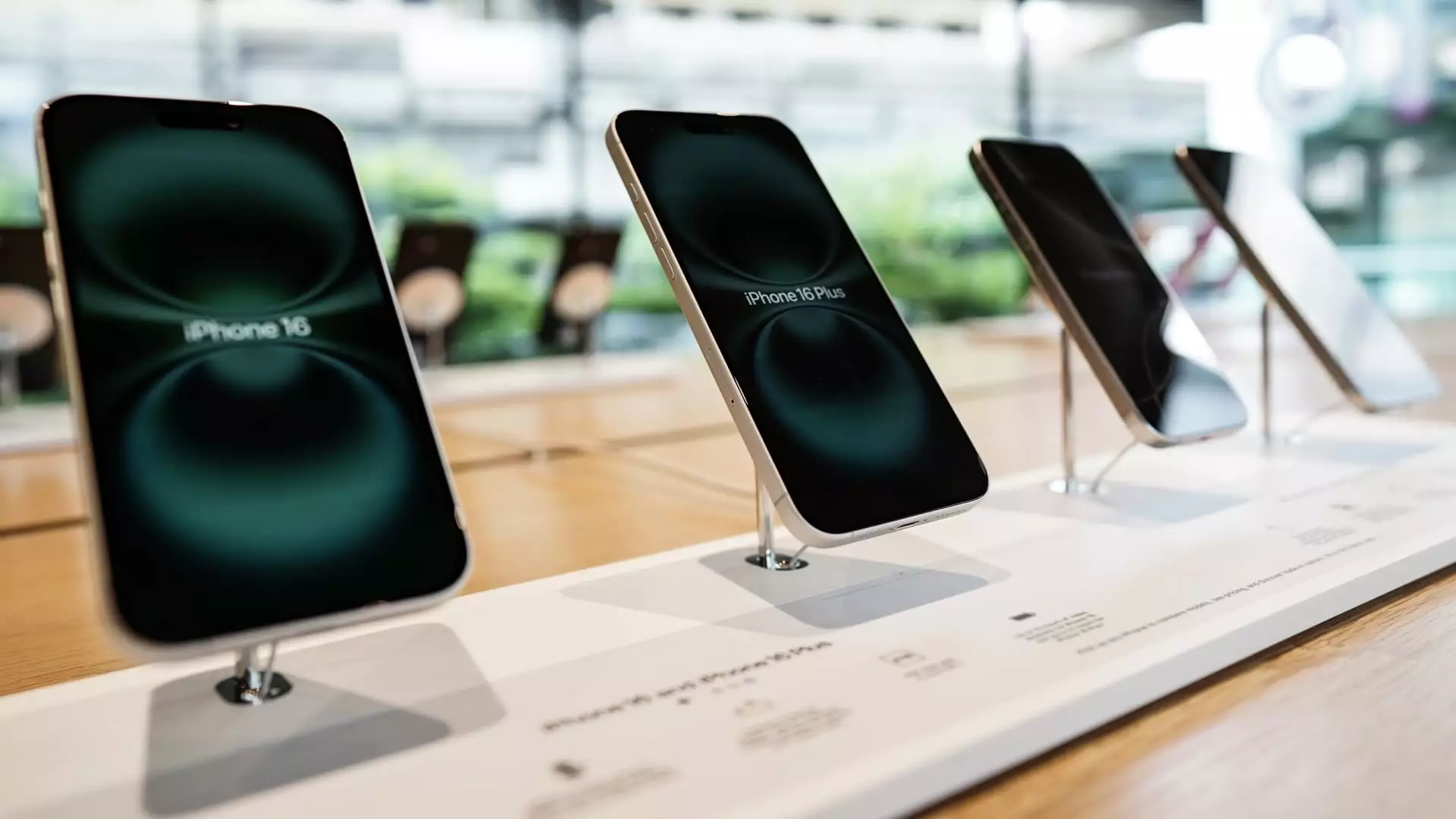In an age where agility and adaptability define successful businesses, Apple’s ambition to transfer its iPhone assembly operations from China to India appears rather quixotic. Craig Moffett, a highly regarded analyst recognized for his astute insights, recently threw a glaring spotlight on this aspiration, casting serious doubts about its feasibility. If history teaches us anything, it’s that merely relocating production does not inherently equate to cutting costs. Moffett emphasizes that the crux of the issue lies less in physical location and more in the intricacies of global supply chains and tariffs. The irony is palpable: while Apple aims to evade dire tariffs by migrating assembly to India, the reality remains that critical components will still be synthesized in China. This paradox presents a compelling challenge for Apple; how can a company genuinely innovate when shackled by bureaucratic red tape and trade wars, especially when it seems like every move is counterproductive?
India’s Complex Terrain
The allure of India’s labor market and burgeoning technology landscape often overshadows the complexities involved in making such a transition. Moffett astutely addresses the resistance Apple will face not only from the inherent challenges of supply chain logistics but also from the socio-economic environment. Shifting production lines is not akin to a simple game of chess where one can just reposition a piece. Apple’s longstanding, entrenched relationship with its Chinese supply chain means that diversifying to India will be akin to uncharted waters; fraught with complications at every turn. The optimism surrounding India’s capability to serve as an alternative manufacturing hub requires a closely monitored reality check. An overinflated vision of India’s readiness could lead to significant operational hiccups, negatively impacting Apple’s bottom line.
Consumer Demand: The Silent Predator
Moffett highlights a sobering reality: while Apple grapples with tariff implications, consumers are facing financial constraints of their own. This sentiment rings alarm bells about the future of consumer electronics sales. The anticipation of higher prices on products due to tariffs leads to a chilling effect on demand. Apple’s predicament is exacerbated by major carriers like AT&T and Verizon explicitly stating they won’t absorb the fallout from these tariffs. Instead, consumers will bear the brunt of increased costs, triggering a phenomenon known as “demand destruction.” In a market where consumers are more reluctant to spend, particularly on high-ticket items like iPhones, Apple’s ability to maintain sales momentum becomes increasingly tenuous.
The Chinese Backlash
An often-overlooked aspect of this situation is the growing backlash against U.S. companies in the Chinese market. Moffett’s analysis shines a light on a precarious dynamic that could severely impact Apple’s sales in one of its most lucrative markets. The tides of consumer sentiment are shifting; local brands like Huawei and Vivo are rapidly capitalizing on this discontent. As Chinese consumers rally behind local competitors, Apple risks losing significant market share. The long-term impacts of this shift could be devastating for a company for which China has been a substantial revenue stream.
Valuation vs. Reality
Moffett’s revised price target for Apple, signaling a potential 33% decline, underscores a critical juncture. While he expresses admiration for Apple’s innovation and financial health, he points to valuation as a key concern. In an environment of uncertainties—where economic deceleration looms and tariffs threaten continued profitability—questions arise about how sustainable Apple’s valuation is. Moffett’s sell rating has led to a downturn in stock performance, yet the disconnect between Apple’s inherent value and market perception sharpens the focus on business fundamentals, underscoring that no company—no matter how prestigious—can thrive in a vacuum of stability.
Apple finds itself mired in the complexities of globalization, tariffs, and consumer sentiment, rendering simple answers ineffective. In this unpredictable environment, its aspirations may appear lofty, yet the practicalities dictate that a cautious approach might be more prudent. Adopting a center-wing liberal perspective, one must question whether a company synonymous with innovation can effectively navigate these tumultuous waters without losing sight of its core values and customer base.

